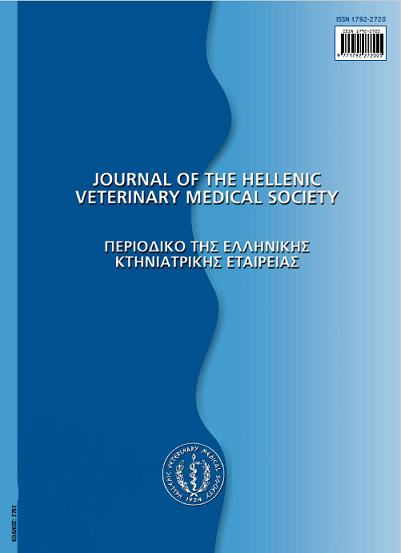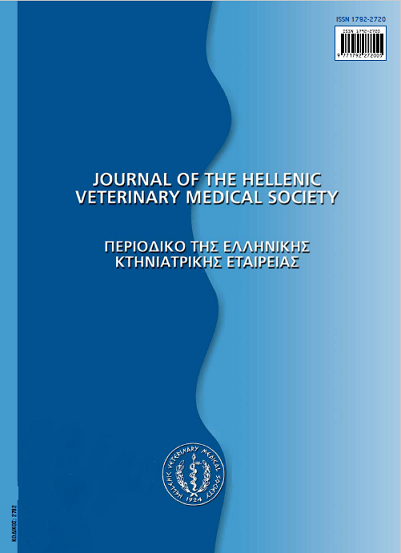Osteopenia: a disease of laying hens with major impact on production and welfare
Resumen
Osteopenia is a significant disease of the skeleton in mature chickens used for egg production. It characteristically occurs in lines of laying hens with high rates of egg production and can be regarded as a generalised skeletal disorder resulting in bone fractures. Since the condition was first recognised, the scale of the problem has increased. It was estimated that in commercial flocks in the United States approximately 15-30% of hen mortality is related to osteopenia. The condition is divided into two forms: peracute, where death occurred with the onset of symptoms and acute, where the birds survived the initial collapse. The condition was first known as 'Cage Layer Fatigue', but terms such as 'Cage Layer Paralysis' and 'Cage Layer Osteoporosis' are also used. Nowadays there are three different terms which are used to describe poor bone condition. Osteopenia is a less specific term, which describes a loss in the amount of bone tissues leading to bone fragility without implying whether or not bone density is involved. Osteomalacia is caused by defective mineralisation of bone tissue and is characterised primarily by thick seams of unmineralised or poorly mineralised organic matrix on the surfaces of medullary bone trabeculae. In osteoporosis there is a decrease in the amount of bone tissue, the matrix of which is normally mineralised. Production problems and financial losses to the producer are caused by osteopenia affecting at the same time the welfare of the birds. Pain and distress associated with broken bones and healed or new fractures obviously compromise the welfare of the birds. There are also production problems, associated firstly with mortality and lost production in battery hens and secondly in the processing of spent layers where bone breakage results in the contamination of carcasses and recovered meat with splinters of bone. Losses to the poultry industry that result from cracked and broken eggs are very considerable and it is very important for the producer to maximise the difference between the value of saleable outputs and nutritional costs. Therefore, the relationships between dietary calcium, bone components, eggshell formation and their consequences, which might result from an imbalance between them (e.g. osteopenia, decreased shell quality), strongly affect the finalprofit of a laying flock and the income of the producer. The causes of osteopenia are divided into immediate - osteomalacia andosteoporosis -and predisposing causes, such as genetic, nutritional and husbandry effects. Calcium, phosphorus, vitamin D deficiencies or imbalance of the calcium/phosphorus ratio in the diet can induce osteomalacia, whereas osteoporosis maybe relatedwith hormonal changes, lack of exercise and age-related effects. Factors, such as age at sexual maturity, body weight, medullarybone and various pharmaceutical and nutritional factors, may also strongly influence bone strength. Osteopenia is largely geneticin origin, resulting from the breeding of light weight, energetically efficient birds that remain in a high rate of lay for a prolongedperiod. Thus, a genetic solution to the problem seems to be possible. Further and immediate improvement in bone strength is likely to come from husbandry and nutritional practices. Husbandry modifications have been proven very influential on improving or reducing bone strength. Nutritional techniques have been the most commonly adopted in an attempt to reduce the severity of osteopenia. By modifying the diet, the beneficial or non-beneficial effects of the various experimental trials on bone strength could be immediate and cost-effective compared with genetic and husbandry modifications.
Article Details
- Cómo citar
-
KOUTOULIS (Κ.Χ. ΚΟΥΤΟΥΛΗΣ) K. C. (2017). Osteopenia: a disease of laying hens with major impact on production and welfare. Journal of the Hellenic Veterinary Medical Society, 60(1), 51–62. https://doi.org/10.12681/jhvms.14914
- Número
- Vol. 60 Núm. 1 (2009)
- Sección
- Review Articles
Authors who publish with this journal agree to the following terms:
· Authors retain copyright and grant the journal right of first publication with the work simultaneously licensed under a Creative Commons Attribution Non-Commercial License that allows others to share the work with an acknowledgement of the work's authorship and initial publication in this journal.
· Authors are able to enter into separate, additional contractual arrangements for the non-exclusive distribution of the journal's published version of the work (e.g. post it to an institutional repository or publish it in a book), with an acknowledgement of its initial publication in this journal.
· Authors are permitted and encouraged to post their work online (preferably in institutional repositories or on their website) prior to and during the submission process, as it can lead to productive exchanges, as well as earlier and greater citation of published work.




